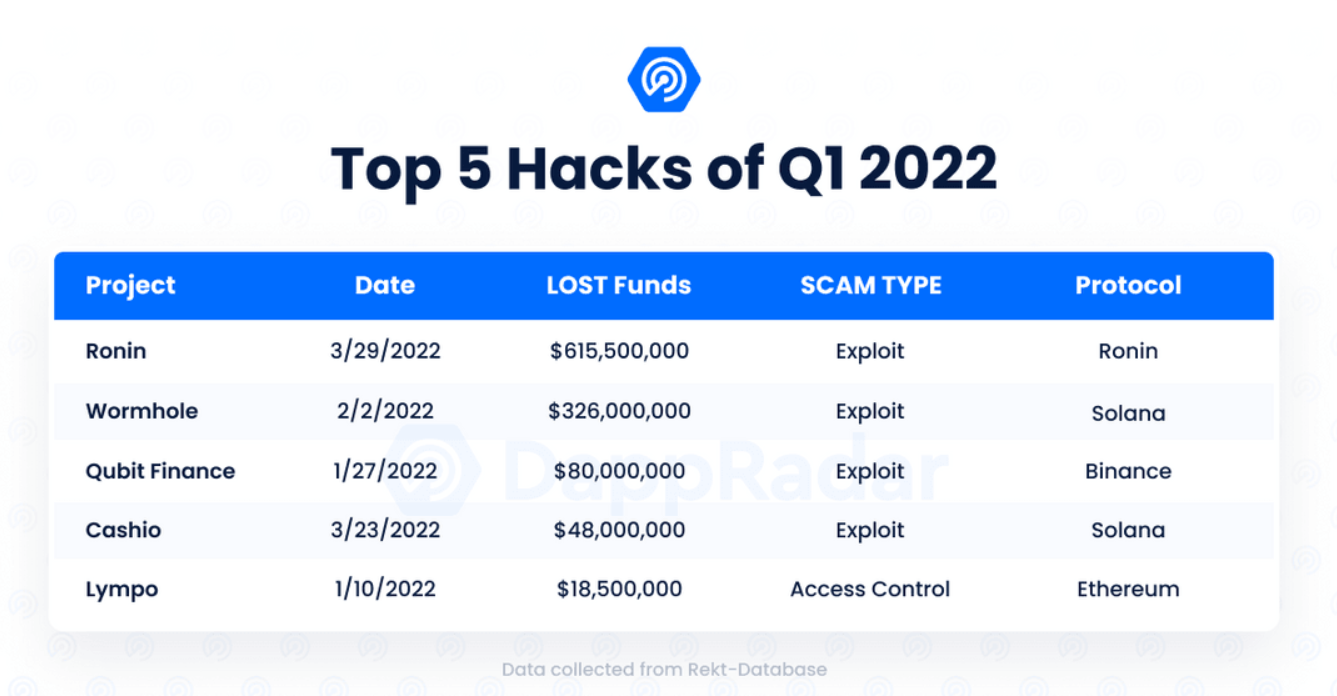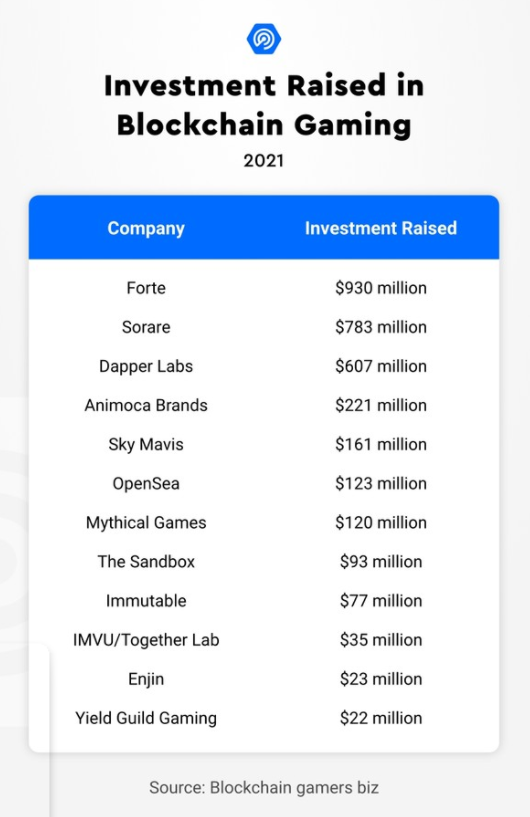Axie Infinity: speculative bubble or real opportunity?
The 28-year-old from Bangkok was playing Axie Infinity, one of the online games based on the Ethereum blockchain, nicknamed “Play-to-Earn” or “play to win” in French, which mix entertainment and financial speculation .
These games can be lucrative businesses in the context of the NFT and virtual worlds craze, attracting millions of players and billions of dollars of investment who see these games as a way to introduce more people to cryptocurrencies. .
Most “gamers” among you will most likely be interested in the model offered by Axie Infinity. In this game, users buy virtual waterdrop-like creatures with various attributes as NFTs, or non-fungible tokens – digital assets whose owner is recorded on the underlying blockchain – for amounts ranging from a few tens of dollars to hundreds of thousands.
Axie Infinity Marketplace
Buying, fighting and improving creatures speak to you? Then the game in question will have something to seduce you. It could be compared to Pokemon. Players can use pets to earn money by winning battles, as well as creating new pets, the value of which depends on their rarity. Assets can be traded with other players on the platform, which says it has around 1.5 million daily users.
“It’s not just a game anymore. It’s more of an ecosystem,” Thitadilaka said. “You can even call it a country, right?”
Security is still feverish
The dangers of this speculative ecosystem, and the largely unregulated cryptocurrency gaming industry, were brought into sharp focus last week when Axie Infinity was hit by a $615 million heist. The hackers targeted part of the system used to transfer cryptocurrencies in and out of the game.

Hack Ronin – Axie Infinity
Source: DappRadar
Vietnam-based Axie Infinity owner Sky Mavis said it would repay the lost money by combining funds from its own balance sheet and $150 million raised by investors including cryptocurrency exchange Binance and the venture capital firm a16z.
Sky Mavis co-founder Aleksander Larsen told Reuters that if he could do things differently, he would have focused more on security when growing the game, which launched in 2018.
“We were running 100 miles an hour, basically, to even get to this point,” he said. “The compromises we made may not have been the ideals.”
The hack, one of the biggest crypto heists ever, shed light on play-to-earn type games, a young world largely unknown outside of crypto and gaming circles, which is emerging. to become a big business.
Gamers spent $4.9 billion on NFT in games last year, the vast majority of which was traded on Axie Infinity, according to market tracker DappRadar, representing around 3% of the global games industry. . Although demand has cooled since peaking last November, gaming NFTs have still seen sales of $484 million so far in 2022.

Video game NFT trading volumes
Investor interest in NFT-based games has also exploded, with projects attracting $4 billion in venture funding last year, up from $80,000 in 2020, according to DappRadar.

Investments made in the Play-to-Earn universe in 2021
Source: DappRadar
“There are so many users who want to interact with technology,” Larsen said, adding that Axie Infinity’s revenue topped $1.3 billion last year. “It’s like you’ve found a new continent… like you’ve found America again.”
An attractive financial alternative
Adding layers of complexity, unofficial financial networks have also emerged around these games, as some players leverage their coveted in-game possessions for additional winnings.
Thailand’s Thitadilaka decided last July that he wanted to make more money than he could by playing alone. He therefore decided, with his friends, to form what is called in the jargon of the game a “guild”. They allowed their NFTs to be used by people who wanted to play Axie Infinity for free, without investing in any asset, and took a share of the winnings in return.
This pattern is common in play-to-earn games. Thitadilaka said his guild, GuildFi, grew into a network of 3,000 Axie Infinity players who shared their earnings with asset owners equally. Thitadilaka now runs GuildFi as a full-time job and the company has raised $146 million from investors.
Southeast Asian countries such as Thailand and the Philippines have established themselves as one of the hottest global gaming hubs.
Manila-based Teriz Pia, 25, quit her job as a kindergarten teacher last June after her brother founded a video game guild, Real Deal Guild.
Today, she says she earns up to $20,000 a month from her network of over 300 players across multiple games, as well as other crypto-assets.
Teriz Pia lets her players keep 70%, while she takes a 30% share. In another play-to-earn game, Pegaxy, where players buy and trade virtual horse NFTs to enter races and earn cryptocurrency tokens, she shares 60:40.
“I don’t call them workers. I just call them my friends, or my academics,” she said. “The salary in the Philippines if you are a teacher…. I graduated from college, I am an educator, but it is not enough. I never imagined that I could earn this kind of money. “But Pia warned that it was a dangerous job.
“There’s a lot of risk involved. When I invest in a new game…being a member of Real Deal Guild, we have a team of partners, we have researchers, but at the end of the day, it’s still crypto , it remains a risk.
One of the biggest play-to-earn networks, Yield Guild Games, said it had 10,000 Axie Infinity players in Q4 2021 who kept 70% of their earnings and received 11.7 million dollars in total.
Australia-based Corey Wilton, 25, founded Pegaxy, which he says has around 160,000 daily users. He estimates that 95% of play-to-earn game users participate as “renters”, generating revenue without owning the assets, while 5% are asset owners.
Players are on their own
Legal experts warn that there is no safety net for players who actually invest in risky assets, leaving them very vulnerable if a project fails or the asset market dries up.
As global regulators seek to tackle cryptocurrencies themselves, there is little oversight of NFTs or the relative niche of play-to-earn type games, which typically use cryptocurrency tokens in the game. game which can then be cashed out in traditional money.
“Storing any value in projects like this is risky. Earning in blockchain-based play-to-earn games is often through rewards paid in the project’s native token,” said David Lee. , a cryptocurrency partner at London-based law firm Fladgate.
“There are no guaranteed values, either for the token or the in-game asset, as their value is often determined by supply and demand in the market. This means that there may be a significant price volatility and, if the project becomes less popular or is abandoned, then there is a potential for the assets to become worthless.”
Yet advocates of these games claim that success relies on a combination of factors such as skill, strategy and luck.
“There’s definitely money to be made, but there’s also money to be lost here,” added Wilton of Pegaxy. “Playing to win shouldn’t be confused with charity, that’s how people get lost.”